A BIRTHDAY TRIBUTE to the late illustrator, who was born 95 years ago, on Dec. 6, 1929…
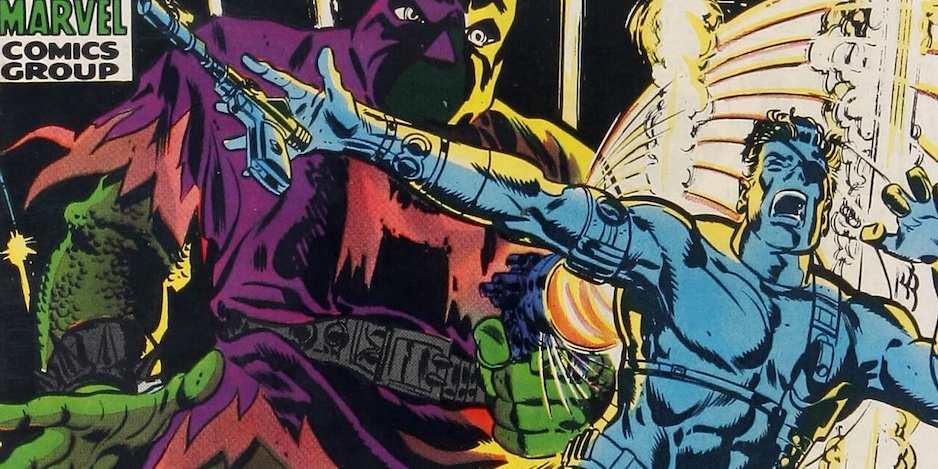
By PETER STONE
My first encounter with Frank Springer was (yes, I’ll admit it) The Adventures of Phoebe Zeit-Geist, the satirical adventure strip from the 1960s. I don’t know how I found it. Maybe there was a collection in that section of the comics store with the signs that said “Adult Section” or “You Must Be Over 18 to Enter.” There was a realism to Springer’s work and the stories — written by Michael O’Donoghue, who later became the first head writer on Saturday Night Live — were not bad at all. But it didn’t matter since Phoebe seemed to lose her clothes pretty often. And by that, I mean all the time.
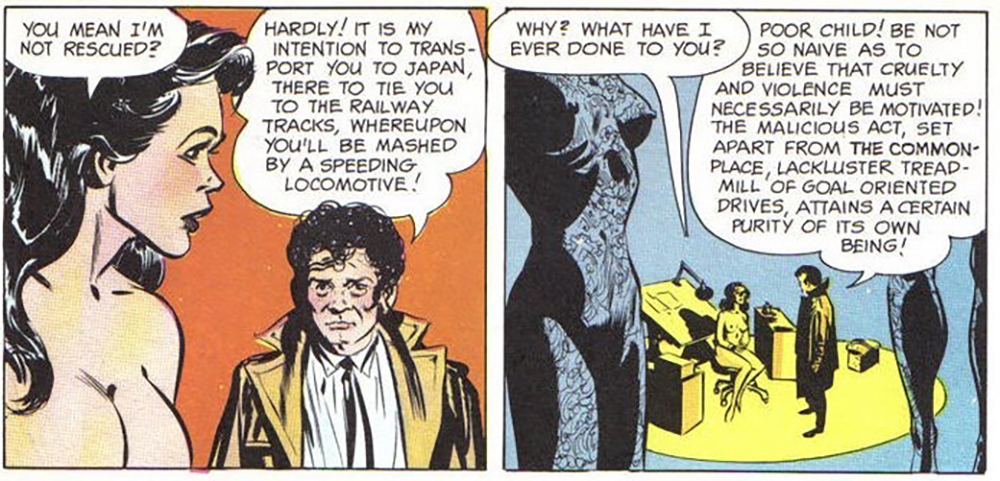
Years before that, however, Springer (1929-2009) was drafted by the U.S. Army, in the early 1950s. He served his time at Fort Dix, N.J., honing his skills by drawing maps, charts and sports cartoons that had real deadlines, learning an important skill for a commercial artist. After his discharge, he freelanced, then became an assistant to George Wunder who had taken over Terry and the Pirates from the legendary Milton Caniff. For five years he watched and assisted Wunder, learning how to turn out a daily strip. From the synopsis, to the roughs, to the pencils, to the inks, Springer embraced all of it because he grew up reading adventure strips like Prince Valiant and Buck Rogers. Of course, it wasn’t all excitement: He also had to answer the mail Terry and the Pirates received.
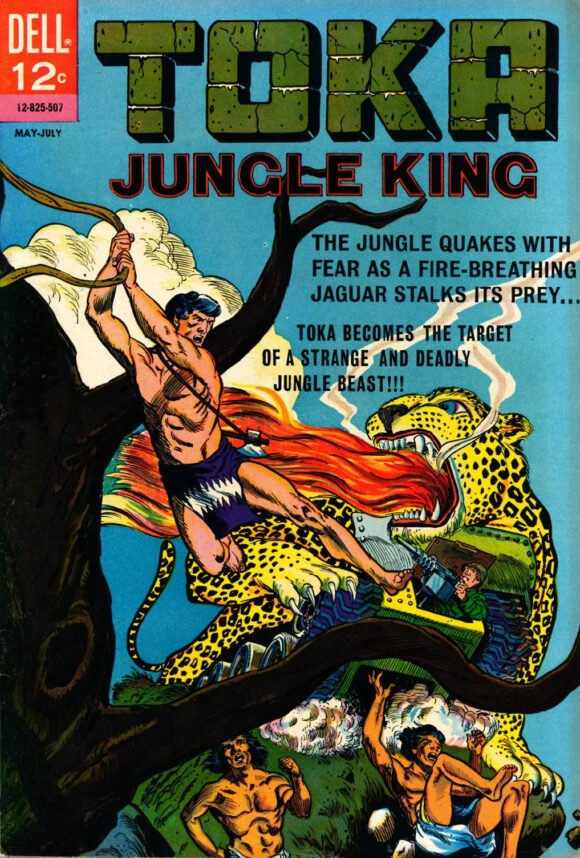
In 1960, he left to become a freelancer. Dell Comics picked him up to draw titles like Brain Boy, Toka and Four Color Comics, including many adaptations of TV shows and movies like The Big Valley and Charlie Chan. Then, he got to the Big Show.
In 1967, he broke into DC Comics with Batman #197 and House of Mystery #171. Both came out the same month. After a few more issues at DC Comics — including Secret Six and his famed Batcave diagram in Issue #203 that shared the cover with a Neal Adams illustration — and his freelance work at Dell, Frank needed more. Off to Marvel!
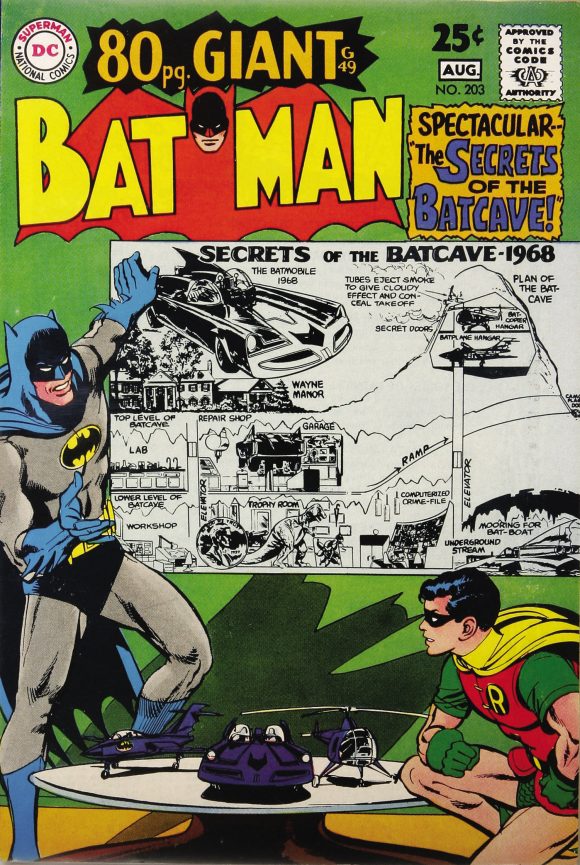
He worked on Nick Fury: Agent of S.H.I.E.L.D., as a fill-in for Jim Steranko before taking the title over in full. Again, he was given a few more assignments, but Dell was offering even more work. So he focused on that until the publisher went out of business in 1973.
Back at Marvel, Springer got more consistent work, like She-Hulk, Dazzler, and even Conan. He got more at DC too, drawing Green Arrow and one of the many versions of Manhunter.
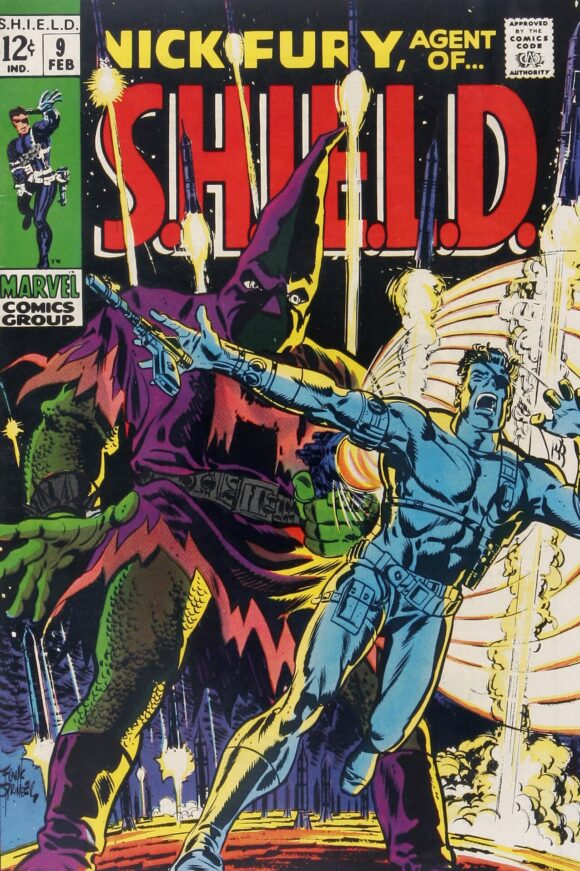
Always on the hunt, Springer approached Neal Adams and his Continuity Comics. Neal was always sympathetic to older artists looking for jobs, especially a dude who could run the New York Marathon at the age of 51. Neal and Frank talked about strip work and working at DC and Marvel in the late ’60s. Then Neal gave him two issues of Armor, featuring Kracky the Krack House Klown.
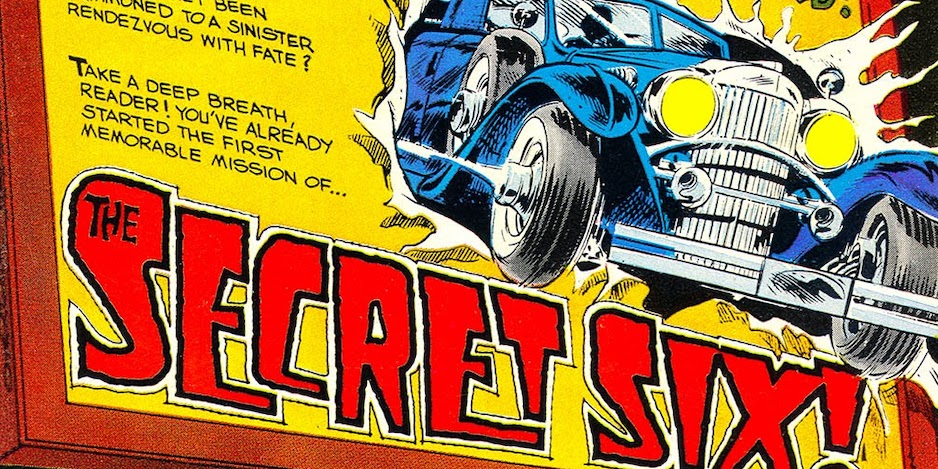
Frank was professional and punctual, his pencils solid and well drawn. He did his best to channel the martial arts aspect of the character, which Neal demanded. Some things he did brilliantly, but some elements were a little timeworn. With all the exciting new artists starting out at the time (the Image guys), it was hard for a solid, traditional artist like Frank Springer to compete.
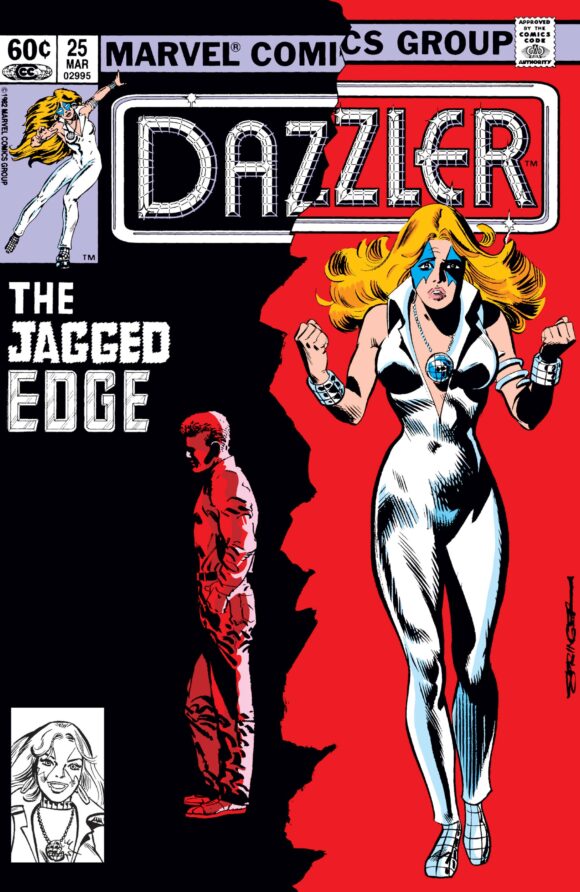
After Armor, Neal gave him three issues of Captain Power. Given his years at Dell, he was perfect for a TV show adaptation like that. Unfortunately, despite the quality of his art, they never saw print.
Finally, Frank, who was a really pleasant guy, semi-retired with his wife Barbara to Maine where he took up oil painting. They’d raised five kids, and he’d had a steady career. To hear him tell it, he felt lucky.
I think we were lucky to have experienced his wonderful art.
—
MORE
— PAUL KUPPERBERG: My 13 Favorite FRANK SPRINGER Comics and Covers. Click here.
— 13 QUICK THOUGHTS on the Glorious SECRETS OF THE BATCAVE — 1968. Click here.
—
Peter Stone is a writer and son-in-law of the late Neal Adams. Be sure to check out the family’s twice-weekly online Facebook auctions, as well as the NealAdamsStore.com.

December 6, 2024
>> Neal was always sympathetic to older artists looking for jobs…
>>
I really respect this quality of Neal’s. I wish the publishers were more cognizant of the legacy of the creators that came through their doors. I imagine we all see this to some degree in our professional lives. As the years go by, we can be found at both ends of the spectrum at some point. Peter, thanks for another great look back and behind the curtain.
December 6, 2024
My introduction to the great Frank Springer was inking Frank Robbins on Marvel’s The Invaders. I was still a pre-teen when these books came out, and quickly became a fan of the Frank Robbins (still am, wish more was collected). But it was also very apparent to my young eyes that the art improved drastically when Frank Springer began inking Robbins with issue #8. I don’t know if it was other inkers glossing over and leaving out the details in Robbins pencils, or whether Springer added to them, but the result has always been a favorite and so I ‘ve had a lifetime of respect for both artists.
December 6, 2024
People like Springer or Sal Bucema or Mike Vosburg are folks I didn’t appreciate until much later. Just solid journeymen who may not have been flashy but knew their craft and could make a deadline.